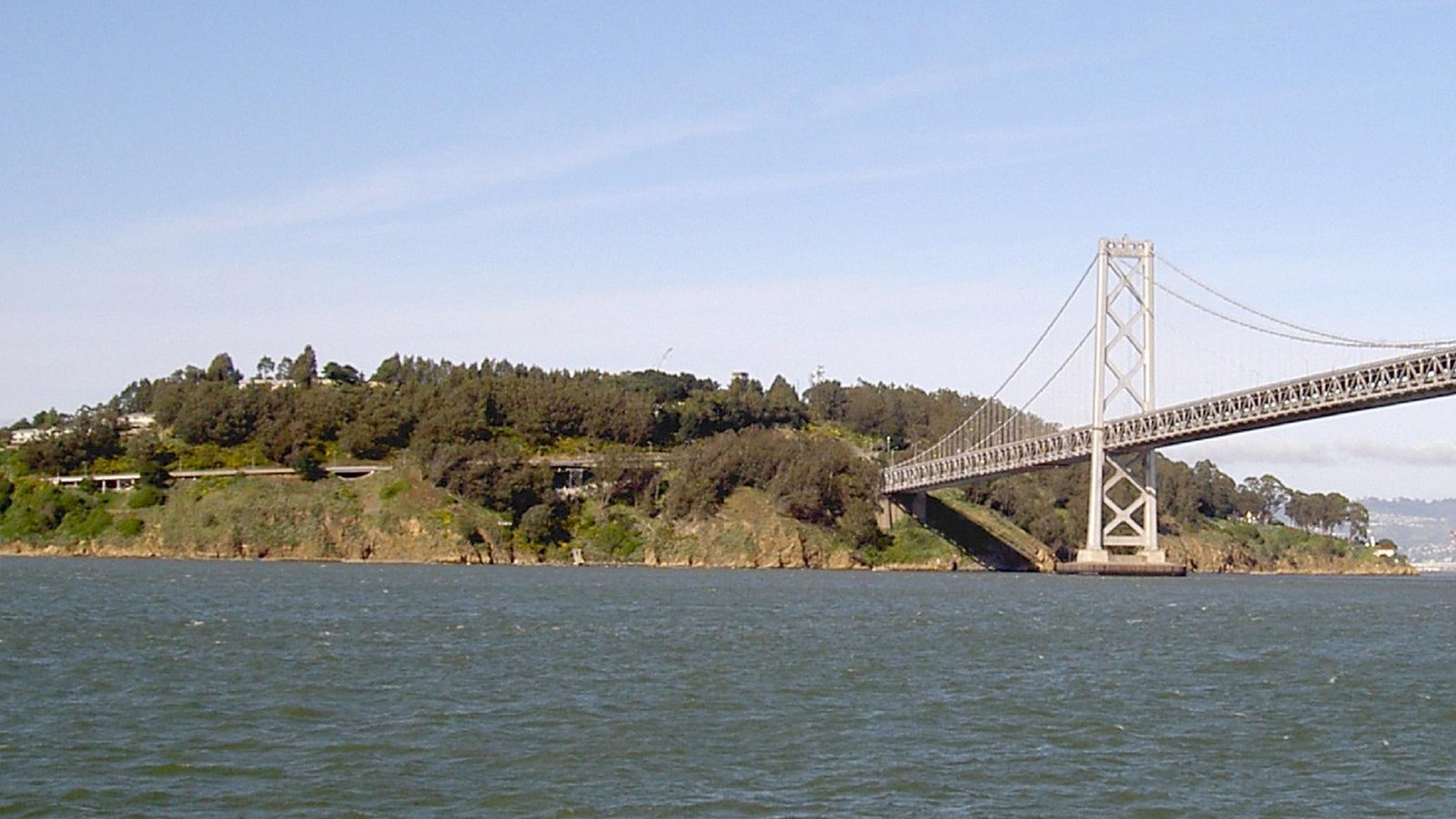Last updated: September 7, 2020
Place
Quarters 1, Yerba Buena Island, Naval Training Station

Photo by Stepheng3, Public domain, https://commons.wikimedia.org/w/index.php?curid=15226372
Formerly known as Goat Island for the herds of goats once raised for food there, the idea of a military post on Yerba Buena Island was originated in fear of an invading Civil War ship slipping past Fort Point and Alcatraz during a foggy San Francisco night. It was not until the 1870s that Camp Yerba Buena Island was completed, including construction of a fog signal and octagonal lighthouse (1875) that remain in pristine condition today. Just before the turn of the 20th century, the first U.S. Naval Training Station on the Pacific Coast was established on the north east side of the island. Quarters One, also known as the Nimitz House, was built c. 1900 as the Commandant's residence. Its Classical Revival style, fashionable for private residences in the Bay Area at that time, was unusual for naval base housing. The training station closed in 1916.
During World War II, Yerba Buena Island fell under the jurisdiction of Treasure Island Naval Station, headquarters of the 12th Naval District. Built on the shoals of Yerba Buena Island, the 403-acre Treasure Island was a Works Progress Administration (WPA) project in the 1930s. After hosting the 1939 Golden Gate International Exposition, the Navy deemed Treasure Island an ideal location for transporting people and machines to the Pacific theater, and on April 1, 1941, established Treasure Island Naval Station which also included a portion of Yerba Buena Island. Quarters One became the residence of the Commander of the Naval Base. Several other buildings used by the Naval Station during World War II also remain on the island, including the senior officers' quarters and Buildings 83, 205 and 230.
Treasure Island served as a Coast Guard post, Marine District headquarters and the West Coast office of Pan American Airways. Originally housed at Naval Air Station Alameda's airport until January 1939, the Pan Am Clippers were moved to their new terminal building and hangars on the northern end of Treasure Island. The clippers provided regular air travel between the U.S. and Asia, but were quickly thrust into military service after America entered the war. The China and Philippine Clippers ferried military personnel and medical supplies between San Francisco and Pearl Harbor daily, while Boeing Clippers continued their runs to New Zealand until the end of the war. The former hangars are now rented as sound stages. Treasure Island also served as a forward base and docking station for blimp anti-submarine patrols near the mouth of the Golden Gate--saving flight time between the main blimp installation at Moffett Field. Virtually all of the original structures remain intact, including Buildings 2, 3, and 11, and the Art Moderne Building One (1938), designed by Timothy Pflueger for the Exposition, which was used as the command and communications center during World War II. The Department of Defense closed the station in 1993, and the island is currently in the process of conveyance to the City of San Francisco.
Quarters 1, Yerba Buena Island, Naval Training Station is located at 1 Whiting Way on Yerba Buena Island in San Francisco. Although the island is accessible, Quarters 1 is not open to the public. The Treasure Island Museum Association remains active.
Discover more history and culture by visiting the World War II in San Francisco Bay Area travel itinerary.
